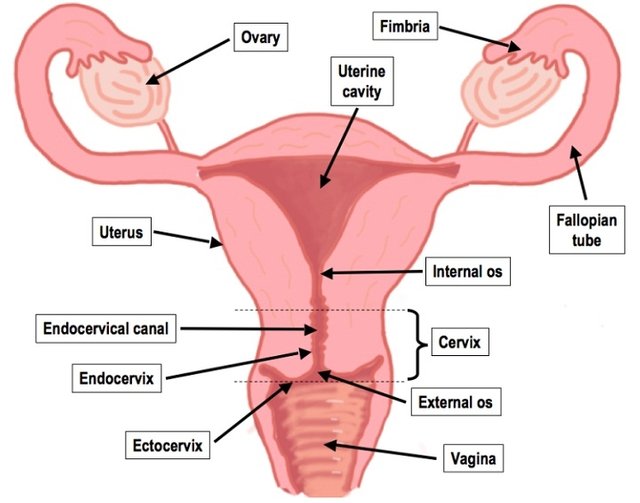Reproduction in humans - Explanation and worksheet for kids
In order for humans to reproduce, a male and a female is needed. If reproduction stops, the human race will become extinct. Reproducing is a natural instinct for most humans.
Today we will be looking at the reproductive organs of the male and the female and the functions of the different parts.
- Explain the word 'reproduction' in your own words.
- What will happen to plants and animals if they do not reproduce?
The male reproductive organ
This organ is not as complex as the female reproductive organ but still consist of different parts that plays a very important role during reproduction. Most of the male reproductive organ is found on the outside of the male body.
Parts and functions of the male reproductive system. The male reproductive system includes the testes (say "test-eez"), prostate glands, sperm ducts, urethra and penis (P). During mating, sperm cells that have been released pass through the sperm ducts. There are two testes (one of them is called a testis).
Each part of the male reproductive organ has a very specific function - lets have a look at it:
The testes are responsible for producing the sperms - these are sex cells that are needed to fertilize the egg cell that is produced in the female reproductive organs. The testes are also responsible for excreting the 'male hormones' and the most important one that will play a role during puberty is called 'testosterone' and it will cause changes like growing hair under the male's arms and on his pubic area as well as their voices getting deeper and getting broader shoulders,
The sperm needs to move from the testes to the outside of the penis to be effective during reproduction and the 'path' through which it will move from the testes is called the sperm ducts. The sperm will get mixed up with a special fluid that is produced by the glands like the prostate. The sperm uses this fluid as a nutrient (to 'feed' on) and the sperm and this fluid combined is called 'semen'.
The seminal vesicles and prostate gland produce a whitish fluid called seminal fluid, which mixes with sperm to form semen when a male is sexually stimulated.
Inside of the penis is a tube called the 'urethra' and this tube will carry the urine and the semen out of the penis. There is a special muscle that makes sure that the urine and the semen do not mix. The penis is also a muscle and is very rich in veins, where more blood will flow, to cause an erection.
The female reproductive organ
The female reproductive organ is more complex and it is also here where the fertilization will take place and the baby will grow.
- Which two 'sex cells' combine when fertilization takes place?
- How many sperms fertilizes an egg cell?
- What is the organ call where the baby will grow inside of the mother?
The female internal reproductive organs are the vagina, uterus, Fallopian tubes, and ovaries.
The same as with the male, each part of the female reproductive organ plays a role in reproduction.

- Read the piece below discussing some of the functions of the parts mentioned in the sketch. When you are done, go back to the sketch and do research to find the function of each of the parts not discussed.
Inside of the ovaries (there are two) the female sex cell or egg cell is found. There are hundreds of them that will be in the ovaries of a female since birth, but they will only be 'released' one (sometimes two) per month when puberty and menstruation starts. We will learn more about the menstrual cycle tomorrow.
It is this egg cell that will be fertilized by one sperm cell.
From the ovaries the egg cell will move through tubes called the 'Fallopian tubes' and it will end up in the uterus. It is in this sack like organ where the fertilized egg cell will start dividing and turn into a fetus that will become a baby. It will stay inside of the uterus until he/she is ready to be born.
The ovaries produce the female egg cells, called the ova or oocytes. The oocytesare then transported to the Fallopian tube where fertilization by a sperm may occur. The fertilized egg then moves to the uterus, where the uterine lining has thickened in response to the normal hormones of the reproductive cycle.
At the bottom of the uterus the cervix is found and this part helps keeping the baby in place during the pregnancy.
Underneath is the vagina and this will also be the 'birth canal' during pregnancy. This is a muscular tube that can stretch during birth and also contract back to its original size after birth. This is also the area where the penis is inserted during sexual intercourse.
- What is meant by the word 'birth canal'?
- Remember to look up the functions of all the other parts not mentioned in the summary.
Resource and extra information
https://www.thoughtco.com/reproductive-system-373583


Team South Africa banner designed by @bearone
